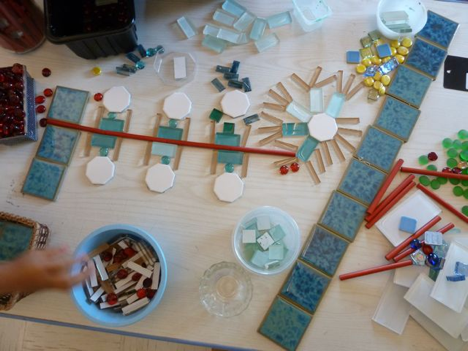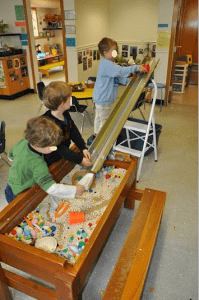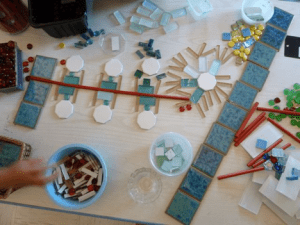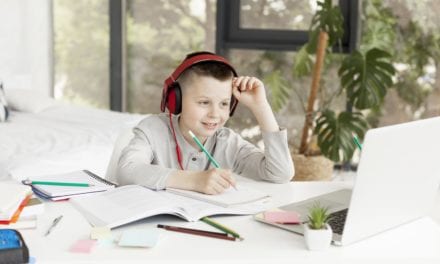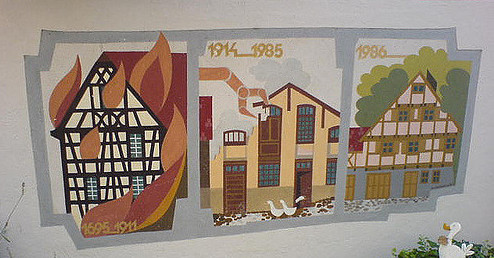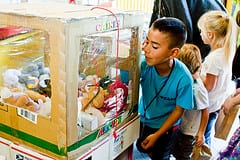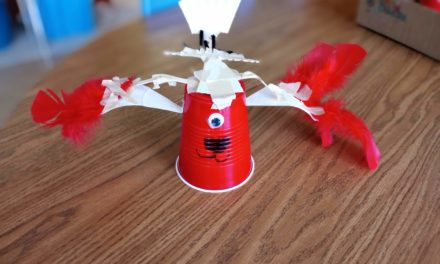 Is Play on the Endangered List of our Kindergarten Practices?
Is Play on the Endangered List of our Kindergarten Practices?
A friend of mine, an experienced teacher, was reminiscing on her years teaching kindergarten. She regaled us with funny stories, precious moments, and some great aha! moments. One of these aha! moments happened at the beginning of her career. She had taken great pride in planning her day and had organised activities that she thought would be fun and interesting for the children. After they had danced, made puppets and done a sing-along, one child asked her: “When do we get to play?”
She was flabbergasted. The realisation that the children did not view these well planned teacher-led activities as PLAY was a revelation which, over time, changed her view of what her classroom environment should offer. Her misunderstanding is not unique. The problem is that there’s a lot of confusion around what constitutes PLAY. But in the words of a five year-old, it’s really simple: “Playing is doing what we want.”
Yet for many teachers, play remains an ambiguous concept. For some it’s what children do in the short free play periods between more structured activities; for others it’s their center time with proposed activities/challenges that may last 30 to 40 minutes; sometimes it’s viewed as being able to choose among playful activities presented by the teacher. The children can choose their activity; participation, however, is not optional. In certain cases, playtime will be used as a reward for children who have completed a mandatory activity or for those who behaved “well”. As a result, only children who do things quickly and easily get the reward.
What is play?
But there’s really no in-between with regards to play: either you’re playing or you’re not, because playing is a state of being, a way of experiencing life during a certain time. So when I speak of “play” here, I refer to activities that are freely chosen and directed by children which arise from intrinsic motivation and are sustained over a significant period of time.
These play activities have the following characteristics:
- They involve a process with no specific objective, no required product, result or outcome;
- Play is not predictable and you never know where it will lead the players or how it will end because neither rules, outcomes nor tasks are set by an outsider. The players are in control of all aspects of their activity;
- The children choose to do it because they want to do it (they are intrinsically motivated);
- They can choose who they play with, what they play with, how they play with it, and for how long;
- It’s a sustained activity in which the children become immersed in ideas, emotions and relationships. They call upon their personal experience and knowledge while exploring, discovering, and practicing. They use their imagination; they demonstrate dexterity, problem solving abilities, perseverance, and much more.
There are mountains of research that show that “Young children learn the most important things not by being told, but by constructing knowledge for themselves in interaction with the physical world and with other children – and the way they do this is by playing”. (1)
And these “most important things” all relate one way or another to the competencies of the Quebec Preschool Education Program:
- Psychomotor Development (Competency 1)
- Social Development (Competency 2)
- Emotional Development (Competency 3)
- Language Development (Competency 4)
- Cognitive Development (Competencies 5 and 6)
 Where is the play?
Where is the play?
So why don’t we find more real play time in our kindergarten classes?
There is no doubt that we bathe in the academic approach of all the other cycles around us in a school. Peers and parents don’t necessarily understand the kindergarten program, and see it as the beginning of academic life for the child, which in truth should be found in Grade 1. Most of our own learning experience is based on academic teaching models as well. No wonder it is so difficult for us to identify and name the contributions of play to learning. It entails a shift in our mind set. It requires us to look again and differently at our materials and at what could be done with them.
Taking blocks as an example, we need to think about and identify how children’s block play contributes to learning, and what conditions, materials, time and space we need to provide for that learning to happen. We have to think about what we want to learn about the children as we observe their play and their talk; we need be able to see and to “name” their behaviours, their processes, their strategies, and their attitudes in order document them.
Luckily we have a guide at our disposal which contains all that information. It tells us what to aim for and what to look for: the Québec Preschool Education Program. I like the way my friend talks about her relationship with it. For her, it’s a guide you have to see and embrace “by heart”. It’s her heartfelt understanding of it that has guided her through the years.
If we can convince ourselves that playing is not just a “recreational activity” but the core of children’s learning experience, then perhaps we could do like my friend did, and slowly but surely turn our classes into a place where the children can, first and foremost, learn the most important lessons in life … through play.
(1) Jones, E., & Reynolds, G. (1992). The play’s the thing: Teacher’s roles in children’s play, pg. 1.
Additional quick reads and references:
Why Play, Retrieved May 6, 2016 from http://EarlyLearningCentral.ca.
The Importance of Play, Retrieved May 6, 2016 from http://EarlyLearningCentral.ca.
Points to Keep in Mind about Play and Learning, Retrieved May 6, 2016 from http://EarlyLearningCentral.ca.
LEARN’s one page QEP preschool programme

